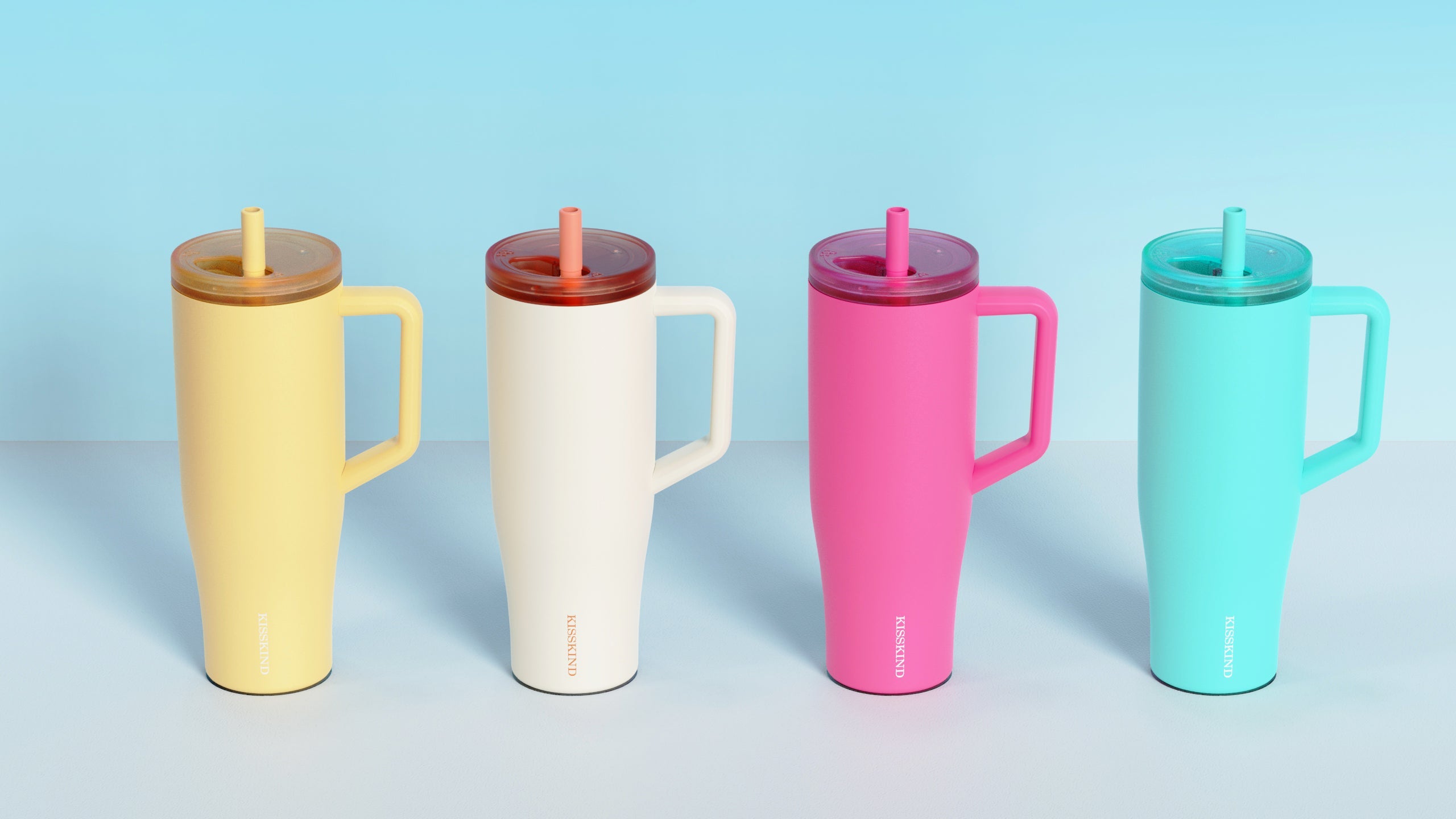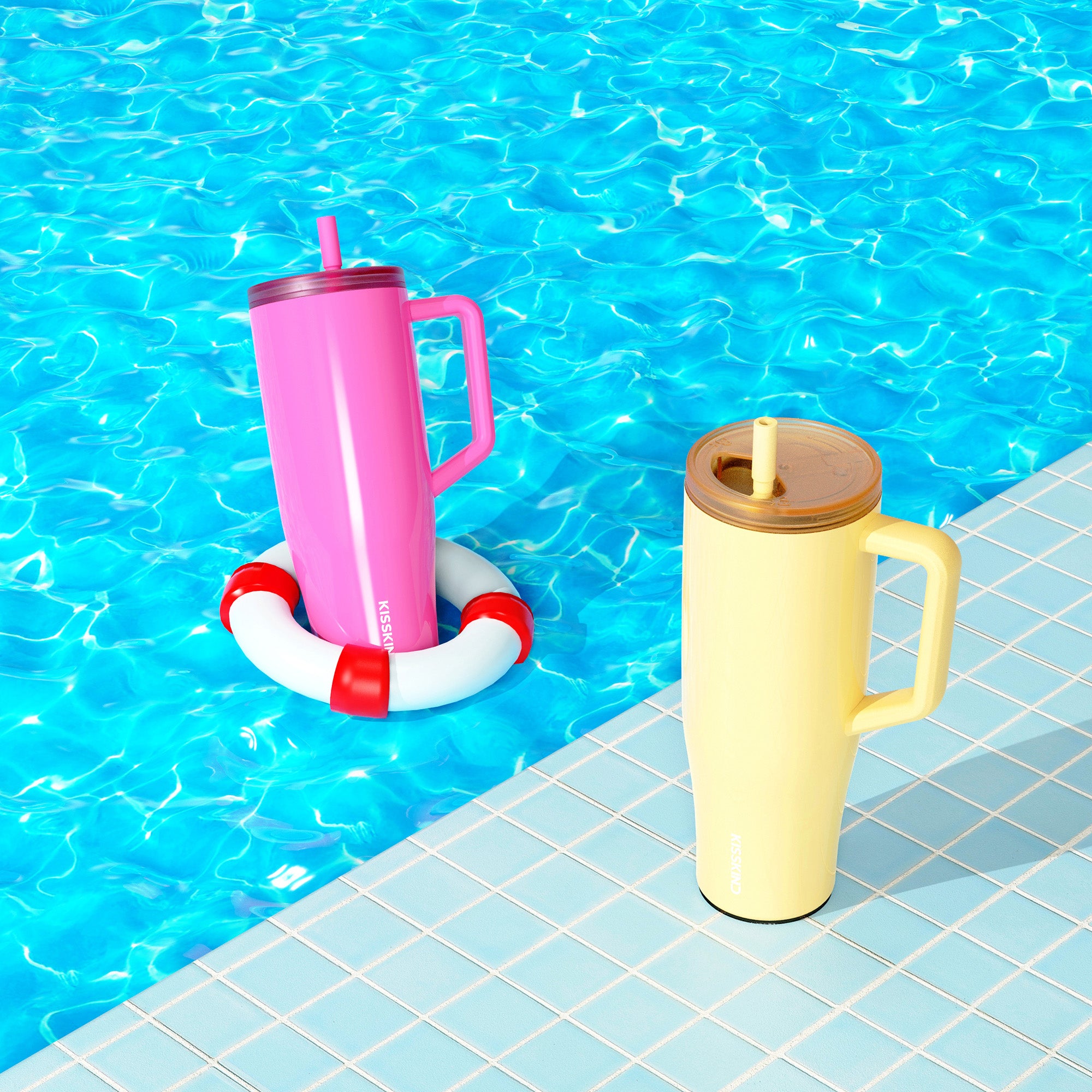Practical, American-focused guide — includes quick conversions, detailed tables, a visual chart, hydration tips, cooking notes, and step-by-step conversion instructions.
Quick answer
1 U.S. fluid ounce (fl oz) ≈ 0.0295735 litres (L). Useful quick conversions:
- 16.9 fl oz ≈ 0.50 L (standard bottled water)
- 20 fl oz ≈ 0.59 L (sports bottle)
- 32 fl oz ≈ 0.95 L (large tumbler / quart)
- 64 fl oz ≈ 1.89 L (half-gallon jug)
- 128 fl oz ≈ 3.785 L (1 U.S. gallon)
Interactive converter
Use the small converter tool to check any custom value (ounces, liters, cups&more). The embedded converter is handy when you’re scaling recipes or packing water for a trip.
Definitions: What is an ounce (fl oz) and what is a litre (L)?
U.S. fluid ounce (fl oz) — a unit of volume used mainly in the United States for liquid measurement. One U.S. fluid ounce equals approximately 29.5735 millilitres.
Note: fluid ounces measure volume, not weight — a fluid ounce of water weighs almost 1.04 ounces (by weight), but for everyday conversions we stick to volume.
Litre (L) — the metric unit for volume, used worldwide. One litre equals exactly 1,000 millilitres. Litres are commonly used in bottles, jugs, and international recipes.
Why two systems? Historical standards evolved differently — the metric system (litres) was later standardized for global use, while customary units like ounces/gallons persisted in the U.S.
Visual chart — common bottle sizes (oz outside, L inside)
Each row shows the oz label on the left and the corresponding L value inside the colored bar (left-aligned). Widths are proportional with 128 oz = 100%.
Note: percentages shown are linear relative to 128 oz (1 U.S. gallon). This keeps visual comparison intuitive—e.g., 64 oz = 50% of a gallon.
Conversion tables — quick reference (oz → L)
Handy table for common sizes used in the U.S. and for international recipes:
| Ounces (fl oz) | Litres (L) | Millilitres (ml) | Common Use |
|---|---|---|---|
| 8 oz | 0.24 L | 237 ml | Small glass |
| 12 oz | 0.35 L | 355 ml | Soda can |
| 16 oz | 0.47 L | 473 ml | Pint glass |
| 16.9 oz | 0.50 L | 500 ml | Bottled water |
| 20 oz | 0.59 L | 591 ml | Sports bottle |
| 24 oz | 0.71 L | 710 ml | Large single-serve |
| 32 oz | 0.95 L | 946 ml | Quart tumbler |
| 40 oz | 1.18 L | 1183 ml | Oversized bottle |
| 64 oz | 1.89 L | 1893 ml | Half-gallon |
| 128 oz | 3.785 L | 3785 ml | 1 U.S. gallon |
Practical note: When a recipe lists liters and you prefer ounces, multiply liters × 33.814 (approx.) to get fluid ounces.
Practical applications — how people use oz ↔ L conversions
Daily hydration
Most adults aim for approximately 2–3 L per day depending on size, activity, and climate. That’s roughly 4–6 standard 16.9 oz bottles. Tracking in litres simplifies comparisons when following medical or athletic guidelines written in metric units.
- Office worker: A 32 oz reusable bottle refilled twice/day covers ~1.9 L — pair with a morning and afternoon refill to reach daily target.
- Active athlete: Intense workouts need additional hydration — add 12–32 oz depending on sweat loss and duration.
Fitness & sports
Use 20–32 oz bottles for short workouts; 64 oz jugs for day-long outdoor activities. Convert bottles to litres to compare with sports nutrition guidance (often given in liters per hour of exercise).
- A 1-hour run in warm weather may require ≈0.5–1 L extra (≈17–34 oz) depending on sweat rate.
- For long endurance events, plan liters per hour and pack bottle volumes accordingly.
Cooking & recipes
International recipes often use litres or millilitres. For soups, stocks, or canning, convert precisely: 2 L = 67.63 fl oz. When scaling recipes, small rounding is acceptable—round to the nearest 0.05–0.10 L for convenience.
Travel & camping
Plan water per person using litres for easy division: e.g., 2 L/day × 3 days × 4 people = 24 L (≈6.34 gallons). Convert to bottle counts for packing: 24 L ÷ 0.5 L (16.9 oz bottles) ≈ 48 bottles.
How to convert ounces to litres — step by step
- Read the ounces on the bottle, package, or recipe.
-
Multiply the ounces by
0.0295735→ result in litres. Example:32 × 0.0295735 = 0.946 L. - Round for use: for drinking, 2 decimal places is fine (0.95 L); for large bulk planning, use 1 decimal or whole numbers.
- Convert back if needed: litres × 33.814 = fluid ounces (e.g., 1 L × 33.814 ≈ 33.81 fl oz).
Bulk purchase & household planning
Buying by the case? Convert once and store the numbers. Example conversions:
- Case: 24 × 16.9 oz → 405.6 oz → ≈12.0 L (≈3.17 gallons)
- Case: 12 × 20 oz → 240 oz → ≈7.1 L (≈1.88 gallons)
- 6 × 64 oz jugs → 384 oz → ≈11.4 L
Tip: For events, estimate litres per guest and then add a 15–20% safety margin for hot weather or heavy activity.
Measurement accuracy & common pitfalls
Some common issues to watch for:
- Fluid ounce type: There are U.S. and imperial fluid ounces—U.S. fluid ounce is ~29.57 mL; imperial fluid ounce is ~28.41 mL. The U.K. (imperial) system uses different gallon/ounce definitions. Unless you’re dealing with U.K. labels, U.S. definitions are standard in American contexts.
- Weight vs volume: Ounces (oz) as a weight measure are different from fluid ounces. Don't confuse them—when measuring liquids, use fluid ounces.
- Rounding: Round consistently. For drinking and packing, 0.01–0.05 L rounding is fine. For lab/industrial uses, use exact conversion factors and more decimals.
Health & hydration (what the numbers mean)
Hydration needs vary: general adult guidelines often quote about 2–3 L per day depending on sex, weight, activity, and climate. That translates to roughly 68–101 fl oz. But individual needs can be higher for athletes or in extreme heat.
Practical tracking: if you carry a 32 oz bottle and refill twice, you’ve consumed ≈1.9 L. For children and older adults, track intake more conservatively and consult healthcare providers for specific recommendations.
If you have heart, kidney, or endocrine conditions, check with your clinician before adopting high-volume drinking plans.
Frequently asked questions
How many ounces are in a liter?
Approximately 33.814 U.S. fluid ounces in 1 litre (1 L ≈ 33.814 fl oz).
How many 16.9 oz bottles make a litre?
16.9 oz ≈ 0.50 L, so two 16.9 oz bottles ≈ 1.0 L (actually ~1.00 L combined).
How many 32 oz bottles make a gallon?
4 bottles: 32 × 4 = 128 oz = 1 U.S. gallon (≈3.785 L).
How can I convert quickly without a calculator?
Divide oz by 34 for a fast estimate of litres. Or remember 16.9 oz ≈ 0.5 L and 32 oz ≈ 1 L as mental anchors.
Are U.S. and U.K. gallons the same?
No. U.S. gallon = 128 U.S. fl oz (≈3.785 L). U.K. (imperial) gallon = 160 imp fl oz (≈4.546 L). For imported labels or older sources, check unit type.
How many litres in 64 oz?
64 oz × 0.0295735 ≈ 1.8927 L (≈1.89 L).
Can I use ounces to measure liquids for recipes?
Yes—fluid ounces measure volume. For international recipes that use litres or millilitres, convert precisely (1 L = 33.814 fl oz) to maintain correct ratios.
Practical checklist & final tips
- Keep a small conversion card or app: oz ↔ L, oz × 0.0295735 = L.
- Choose reusable bottle sizes that match your routine (32 oz for commutes, 64 oz for day trips).
- When buying in bulk, convert total ounces once to litres and store the numbers for fast planning.
- Label family bottles in both oz and L to help tracking and teaching kids about volumes.
Bottom line: master the conversion factor (oz × 0.0295735 = L) and a couple of mental anchors (16.9 oz ≈ 0.5 L, 32 oz ≈ 1 L) — you’ll be set for cooking, packing, and hydration tracking.



